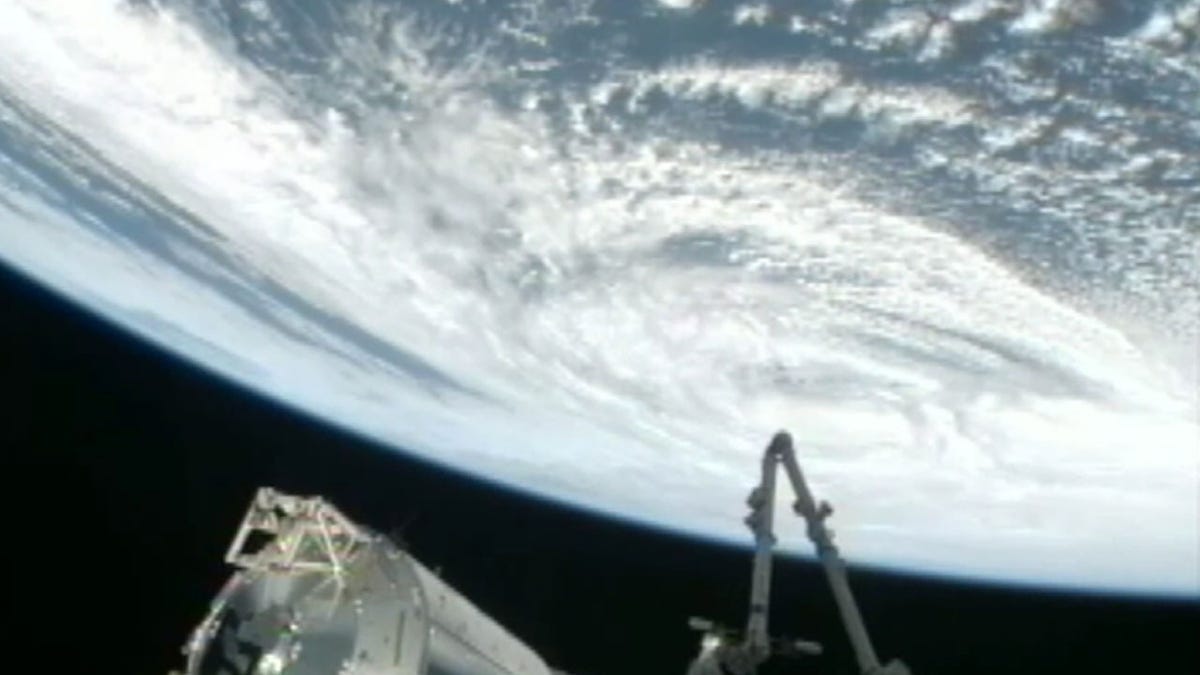FCC on Sandy: Cell service likely to get worse before it gets better
The Federal Communications Commission said today that 25 percent of cellular sites are down in 10 states affected by superstorm Sandy.

Cellphone service in superstorm Sandy's path is likely to get worse before it gets better, the Federal Communications Commission said today.
"This was and still is a devastating storm with a serious impact on our nation's communications infrastructure," FCC Chairman Julius Genachowski said during a conference call with press this afternoon. "The storm is not over. And our assumption is that communications outages could get worse before they get better, particularly for mobile networks because of the flooding and loss of power."
Genachowski said that as of 10 a.m. ET today, 25 percent of the nation's wireless companies' cell sites were not operational in 158 counties in 10 states from Virginia to Massachusetts. This information comes from the carriers themselves, which report outages to the FCC as part of the agency's Disaster Information Reporting System (DIRS).
Cable operators in that same area also reported that about 25 percent of consumers were without broadband and other services this morning. The agency said outages for landline phones are much less widespread.
Genachowski and David Turetsky, who is the FCC's public safety and home security bureau chief, explained that the number of cell sites and cable customers without service was greater in areas where there has been more storm damage. And they emphasized that the storm is still ongoing as it travels westward to states such as Michigan. And they are expecting more disruptions as the storm progresses.
The officials wouldn't comment specifically on how many wireless customers have been affected by the outages. But they said service is likely to get worse for customers before it gets better. Even customers who may have service now in some affected areas could be without it in the coming days as backup batteries run out of power.
The main issue affecting the restoration of service to cell sites is the fact that commercial power may be out for several days or even weeks in some areas. Between 7 million to 8 million people are reportedly without power in areas affected by the hurricane, officials said.
Some cell sites have already been running on backup power. But the FCC was unable to say exactly how many. Still, the commercial power issues mean that these sites could also go down in the next day or so, especially if repair crews are unable to get to sites that need battery replacements and generators that need refueling.
The agency said that other cell sites were damaged by flooding and that some have also been damaged by snow.
It's difficult to asses how many wireless customers may be be without service, since some users may get signals from nearby cell towers, officials said. But Genachowski noted that diminished capacity is likely to put a strain on the entire wireless network. He recommended that anyone in these areas use 911 only when it's an emergency. And he urged the public to use text messaging and social media to let loved ones know they're all right, instead of lengthy phone conversations that could tie up the wireless network.
"We've seen broadband and social media continue to play an important role in communication for people during this storm," he said. "Social media is a critical platform for sharing information with loved ones. And it's been vital in keeping those other communications networks open for first responders."
The FCC also reported that there have been a small number of 911 call centers affected by the storm. The agency didn't give an exact number but said a very small number of call centers were unable to be reached, and there were some 911 call centers that had their calls transferred or rerouted to a predetermined backup call center.
"911 continuity is absolutely vital," said Genachowski. "We take these issues very seriously. And we're looking into how we can help. The FCC's emergency response team has been working with FEMA and state and local officials to resolve these issues."

